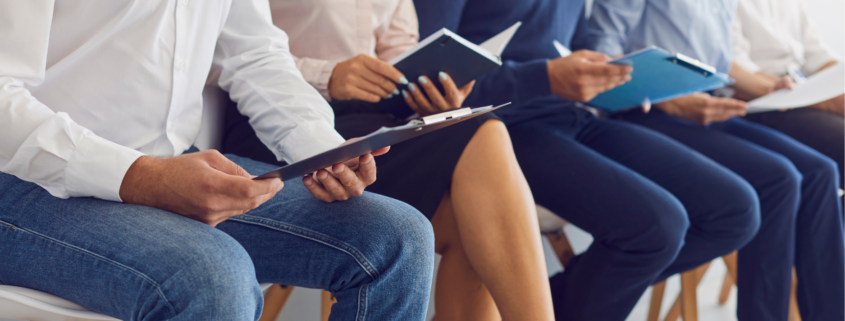The Silent Language: Mastering Body Language for Interview Success
In the competitive world of job hunting, your CV might get you through the door, but it’s your first impression that can make or break your chances. While your qualifications and experience are undoubtedly crucial, the often-overlooked power of nonverbal communication can be the secret weapon in your interview arsenal. Your body language speaks volumes before you even utter a word, and projecting confidence through your posture, gestures, and facial expressions can significantly influence how you’re perceived by potential employers.
The Unspoken Conversation
Research suggests that nonverbal communication can account for as much as 55% of the message we convey. This means that while you’re articulating your skills and experiences, your body is telling its own story. Here’s how your physical presence can shape the interview narrative:
- Confidence: Strong eye contact, a firm handshake, and an upright posture are the hallmarks of self-assurance. These simple yet powerful cues can instantly communicate that you’re comfortable in your own skin and ready to take on challenges.
- Engagement: Leaning in slightly during conversation demonstrates attentiveness and genuine interest in the discussion. This subtle movement can show the interviewer that you’re not just present, but fully invested in the opportunity.
- Openness: An open posture with uncrossed arms and relaxed hands suggests approachability and receptiveness. This body language invites dialogue and can help create a more comfortable interview atmosphere.
- Nervousness: On the flip side, fidgeting, avoiding eye contact, and slouching can betray nervousness and a lack of confidence. While it’s natural to feel some jitters, these behaviours can undermine your verbal assertions of capability.
Mastering the Art of Confident Body Language
To harness the power of body language and project confidence in your next interview, consider these key strategies:
- The Confident Entrance: Your interview begins the moment you step into the building. Walk with purpose, head held high, and wear a genuine smile. This strong first impression sets a positive tone for the entire interaction.
- The Firm Handshake: A handshake is often your first physical contact with the interviewer. Aim for a firm, brief shake that demonstrates professionalism without being overpowering. Practice with friends if you’re unsure about your grip strength.
- Maintain Eye Contact: Consistent eye contact shows attentiveness and helps build trust. In panel interviews, make sure to engage with all interviewers, not just the person asking the question. However, remember that natural breaks in eye contact are normal – you don’t want to appear intense or uncomfortable.
- Posture Power: Sit up straight with your shoulders back, but avoid appearing rigid. Good posture not only looks confident but can actually make you feel more self-assured. If you tend to slouch, practice sitting properly in the days leading up to your interview.
- Mind Your Manners: Resist the urge to fidget with your hair, clothes, or any objects on the table. These nervous habits can be distracting and may signal a lack of focus or confidence. If you’re prone to fidgeting, try holding a pen or keeping your hands gently clasped in your lap.
- The Smile of Success: A warm, genuine smile can instantly make you appear more approachable and likeable. Smile when you greet the interviewer and at appropriate moments throughout the conversation. However, be mindful not to overdo it – constant grinning can appear insincere or nervous.
Beyond the Basics
As you become more comfortable with these fundamental body language techniques, you can explore more nuanced approaches:
- Mirroring: Subtly mirroring the interviewer’s body language can create a subconscious sense of rapport and connection. This doesn’t mean mimicking every movement, but rather adopting a similar energy and posture.
- Positive Gestures: Use natural hand gestures to emphasise your points, but avoid exaggerated or overly animated movements. Keeping your gestures within the frame of your body can help you appear composed and articulate.
- Active Listening: Show that you’re fully engaged in the conversation by leaning in slightly, nodding occasionally, and maintaining eye contact. These nonverbal cues demonstrate that you’re not just hearing the interviewer, but actively processing and valuing their words.
Conclusion
Remember, the goal of mastering body language isn’t to create a false persona, but to authentically present your best self. Your body language should complement and reinforce your verbal communication, not contradict it. With practice, these nonverbal skills can become second nature, allowing you to focus on showcasing your qualifications and enthusiasm for the role.
By harnessing the power of body language, you can make a lasting positive impression in your next interview. This silent language can speak volumes about your confidence, professionalism, and suitability for the role. As you prepare for your next job opportunity, remember that your body is telling a story – make sure it’s the story of a capable, confident candidate ready to excel in the role. With these techniques in your interview toolkit, you’re well-equipped to let your true potential shine through, both verbally and nonverbally.
Looking for the next step in your career? Or looking for the best Payroll & HR talent to join your organisation? Contact our team on:
Telephone: 01727800377
Email: [email protected]
Website: https://jgarecruitment.com




